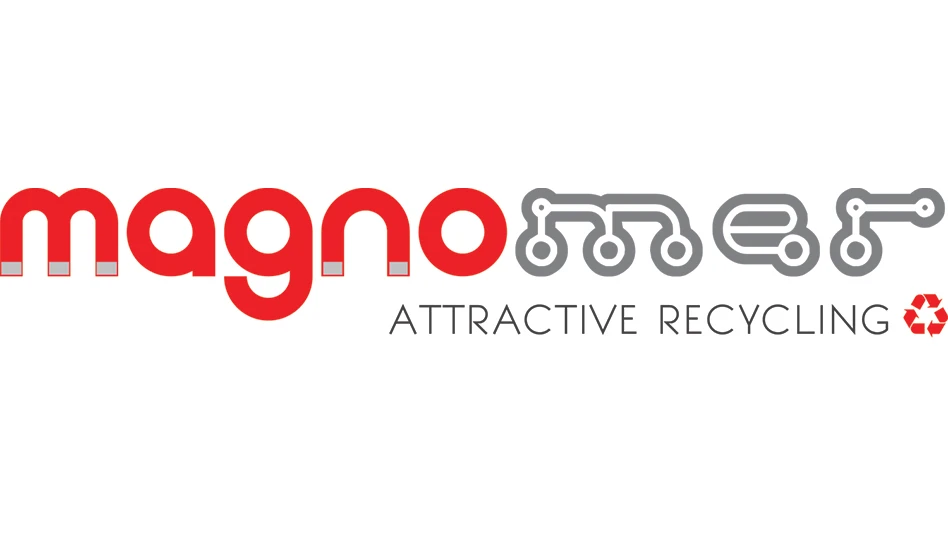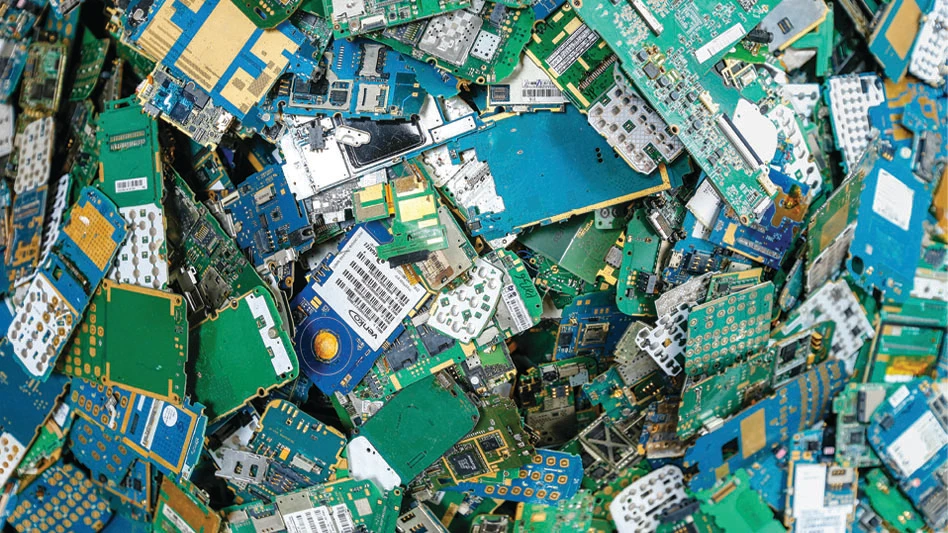Old corrugated containers (OCC) prices declined for a fourth consecutive month, dipping to $40 per ton in the April buying period, according to PPI Pulp & Paper Week. Also, mixed paper prices averaged about -$2 per ton in April, which is consistent with where prices for that grade have been for the last three months.
During the Washington-based Institute of Scrap Recycling Industries (ISRI) 2019 Convention & Exposition April 8-11 in Los Angeles, Michael Timpane, vice president of material recovery and process optimization at Resource Recycling Systems, Ann Arbor, Michigan, reported how commodity values are affecting material recovery facilities (MRFs) in a session on municipal recycling contracts. He said the average value for MRF-recovered commodities was at $38.18 in March.
Timpane added that the declining average commodity values can be attributed mostly to the oversupply of mixed paper and very low prices for that grade. “Mixed paper hasn’t been worth anything for at least six months, and most people have to pay to get rid of it,” he said.
The lower prices for OCC and mixed paper are making it increasingly difficult for MRF operators and paper recyclers to bale materials cost-effectively.

For a free trial of Fastmarket RISI’s PPI Pulp & Paper Week pricing, please visit www.risi.com/rt.
Adam Josephson, director and equity research analyst at Cleveland-based KeyBanc Capital Markets, says a few factors likely contribute to the continued decline in OCC prices. First, he says, China is continuing to cut its import quotas for this material. In 2018, China imported about 19.1 million metric tons of recovered paper, according to U.S. Census Bureau and U.S. International Trade Commission data as reported by ISRI. This year, he says that number is expected to decline to 11 million or 12 million tons.
“That doesn’t mean that [China will] import even that full amount,” he adds. “China continues to cut its import quotas, which means they’re buying increasingly less of our recovered paper.”
“Mixed paper hasn’t been worth anything for at least six months, and most people have to pay to get rid of it.” – Michael Timpane, vice president, Resource Recycling Systems
Second, Josephson says, the sharp deceleration in the rate of U.S. box demand growth is a factor that’s contributing to declining OCC prices and demand. While box demand growth was healthy in early 2018, it began to stall as of May 2018. As of March 2019, he says box demand growth declined about 0.5 percent. With less box demand growth, he says demand for OCC is reduced.
Amazon’s Frustration-Free Packaging program is another factor affecting OCC demand and prices. The company announced this past winter that by Aug. 1 it would require all items larger than 20 pounds sold through Amazon be designed and certified as ready-to-ship within its Frustration-Free Packaging programs.
An OCC consumer says it expects OCC prices to fall further. Sonoco, Hartsville, South Carolina, hosted a conference call on its first-quarter 2019 financial results April 18. The global packaging company reported that it would not be surprised if OCC prices dipped further in May before stabilizing or bouncing back later in the year.

“We remain optimistic that we have the initiatives in place to achieve our targets for profitable growth,” said Robert Tiede, president and CEO of Sonoco, on the conference call. “We must also be realistic about the balance of the year as global economic conditions showed some weakness to start the year, and the uncertainty of tariffs, trade disputes and regional policy concerns are still hanging over business and consumer confidence.”
Yet, low OCC prices might spur interest from mills that normally buy mixed paper. Bill Moore, president of Atlanta- based Moore & Associates, says, “If there’s a mixed mill, at these kinds of OCC prices, they’ll want to use as much OCC as they can.”
Josephson says OCC prices likely will rebound or stabilize eventually.
“At some point, the system will correct itself,” he says. “But inventories are sufficiently high right now that I think another drop in May is quite likely. China demand isn’t likely to grow; it’s likely to continue to fall. So much of this depends on what happens with domestic demand, and specifically domestic box demand. If that doesn’t pick up anytime soon, there’s little reason to expect upward movement. That’s not to suggest that current prices are sustainable long term; but, short term, there could be more pressure.”

Explore the May 2019 Issue
Check out more from this issue and find your next story to read.
Latest from Recycling Today
- Haber raises $44M to expand to North America
- Canada Plastics Pact releases 2023-24 Impact Report
- Reconomy brands receive platinum ratings from EcoVadis
- Sortera Technologies ‘owning and operating’ aluminum sorting solutions
- IDTechEx sees electric-powered construction equipment growth
- Global steel output recedes in November
- Fitch Ratings sees reasons for steel optimism in 2025
- P+PB adds new board members





